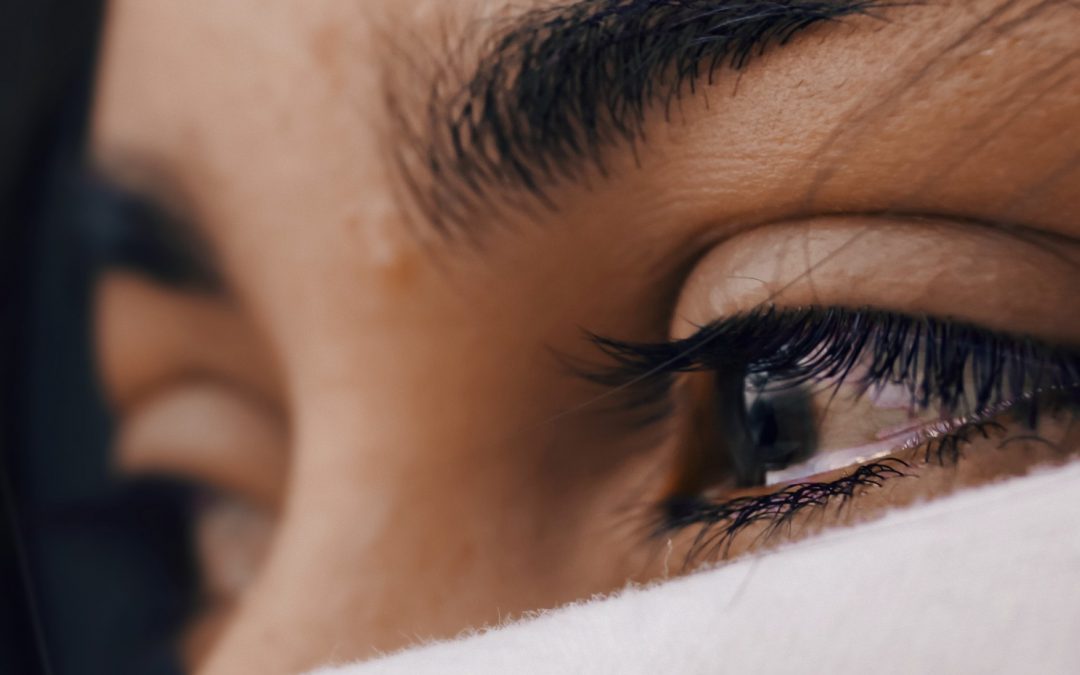
The function of crying after loss
Recently two women in my bereavement group shared; that since their husband died, there were many moments during the day where they felt a need to cry. This reminded me of my own tears during my grieving process. In this blog I’ll take a look at the cultural aspects and the scientific and psychological insights about the function of crying after loss.
Crying brings calm and relief
The psychologist Alex Goetz carried out research on the effect of tears on the body and mind. Sadness causes stress in the body and therefore crying can relieve this stress. The majority of people – me included, feel better after a good cry, I wonder if this is also your experience?
Are we allowed to cry?
This depends on the culture and the family in which we are raised and also how your parents dealt with emotions and crying. In your family or school was crying tolerated or not? Men and women have been brought up differently with regards to showing emotions too. Are we still saying “Boys don’t cry”? I think people are more aware of that label nowadays. In general I think to show your emotions these days is more acceptable and I think that this is a positive development.
Not able to cry
With loss there is a whole range of varying emotions; sadness, anger, fear. If we’ve learnt that we must keep our emotions under control there is a danger of repressing all these too.
My experience and that of other Psychologists know that a healthier approach is to acknowledge pain and emotions rather than to repress it, though this can be difficult. I support people with this in my practice. If you ignore emotional pain, it can disrupt your life by manifesting in other ways, such as physical pain, illness, stress and burnout.
Finding Balance
Sometimes it’s normal just to want to forget our grief for a while, so that we can put our tears to one side. To find a distraction like shopping or doing sport is a normal way of coping during grieving. Stroebe en Schut talk about a Dual Process Model where there is a seesaw effect between grieving and getting on with life. I wonder if you recognise that?
Communication and connection
What is often not talked about is that if you are sad and cry in front of someone , it reveals your vulnerability. It tells them how you are feeling, what you are going through and then they can give you the support that you might need. After all until you tell them, they don’t know the depth of your feelings. It can bring a deeper connection with those around you.
Finally
If anything in my blog struck a chord with you, and it would feel good to share this with a professional who can offer you a safe and confidential space to share . Please feel free to contact me on 0610144644 or drop me a line on welkom@palmyrabakker.nl for a free initial conversation.

Recent Comments